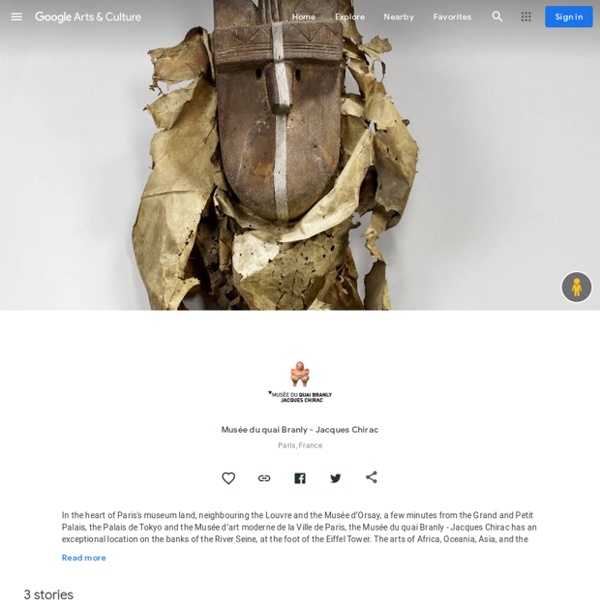Galerie des Offices, Florence
The Uffizi was designed by Giorgio Vasari in 1560 for Cosimo I de'Medici to house the Granducal Magistratures of Tuscany. Over time, the top floor loggia became an exhibition of the dynastic collection of ancient sculpture, artwork and artifacts. The eastern wing of the building incorporated the ancient Florentine church of San Pier Scheraggio and the wing to the west connected with two existing buildings, the Mint and the Loggia dei Lanzi.
Visite de la cité antique de Pergamos
Pergamon or Pergamum, also referred to by its modern Greek form Pergamos, was a rich and powerful ancient Greek city in Mysia. It is located 26 kilometres from the modern coastline of the Aegean Sea on a promontory on the north side of the river Caicus and northwest of the modern city of Bergama, Turkey.During the Hellenistic period, it became the capital of the Kingdom of Pergamon under the Attalid dynasty in 281–133 BC, who transformed it into one of the major cultural centres of the Greek world. Many remains of its impressive monuments can still be seen and especially the outstanding masterpiece of the Pergamon Altar. Pergamon was the northernmost of the seven churches of Asia cited in the New Testament Book of Revelation.The city is centered around a 335-metre-high mesa of andesite which formed its acropolis. This mesa falls away sharply on the north, west, and east sides, but three natural terraces on the south side provide a route up to the top.
Musée du Prado les collections
Welcome to the Museo del Prado, an institution dating back almost 200 years and one whose origins and unique nature are largely due to the collecting tastes of Spain’s 16th- and 17th-century monarchs. Collecting at that period differed from the present day. Rather than aiming at comprehensiveness, collectors aimed to assemble as many works as possible by their favourite artists. This explains why the Prado has been described as a museum of painters not of paintings, given that its artists are represented in a superlative manner with, for example, the largest holdings of Bosch, Titian, El Greco, Rubens, Velázquez and Goya, some numbering more than 100 works. This type of instinctive collecting also resulted in gaps and explains why some periods are less well represented than others, either because they were not of interest, for example the Italian Primitives, or for historical reasons, as with 17th-century Dutch painting.
MoMA The Museum of Modern Art, New York, United States
Founded in 1929, The Museum of Modern Art (MoMA) in midtown Manhattan was the first museum devoted to the modern era. Today MoMA’s rich and varied collection offers a panoramic overview of modern and contemporary art, from the innovative European painting and sculpture of the 1880s to today's film, design, and performance art. From an initial gift of eight prints and one drawing, the collection has grown to include over 150,000 paintings, sculptures, drawings, prints, photographs, architectural models and drawings, and design objects; approximately 22,000 films and four million film stills; and, in its Library and Archives, over 300,000 books, artist books, and periodicals, and extensive individual files on more than 70,000 artists.
Bibliotheca Philadelphiensis
Lehigh University, Special Collections, Lehigh Codex 10. Naples, Italy, Second half 15th century. This late fifteenth-century manuscript, written on paper, contains a compilation of alchemical texts assembled and copied by Arnold of Brussels. For the most part, it was made in Naples between 1472 and 1490, as often noted at the end of works (for example, fols. 149r, 182v, 196v). A group of works in the middle of the volume appear to be in a different, possibly German, hand (fols. 79-101). As...
National Museum of Modern and Contemporary Art, Séoul, Corée du Sud
Since opening its door in 1969, the National Museum of Modern and Contemporary Art (MMCA), Korea has lived through the history of Korean art. In the process, MMCA established itself as a representative institution of Korean modern art. The museum’s four branches, including Gwacheon (opened in 1986), Deoksugung (opened in 1998), Seoul (opened in 2013), and Cheongju (expected to open in 2017), each in its own way, will continue to carry out MMCA’s commitment to the art and culture of Korea by enriching the first-hand cultural experience of the viewing public. Boasting a superb natural landscape surrounding the site, MMCA Gwacheon will be devoted to various genres of visual arts such as architecture, design, and crafts. Located within a historical site, MMCA Deoksugung will showcase modern art from Korea and overseas. In the heart of the city, MMCA Seoul will focus on introducing global contemporary art.
Taj Mahal, India
In The New Seven Wonders Of The World list Taj Mahal, a mosque-mausoleum located in Indian city of Agra, takes a very important place. In spite of its Muslim origin this white marble necropolis became an actual symbol of India. Serious security measures are taken to protect it.
The Met 360° Project
This award-winning series of six short videos invites viewers around the world to virtually visit The Met's art and architecture in a fresh, immersive way. Created using spherical 360° technology, it allows viewers to explore some of the Museum's iconic spaces as never before. Viewed more than 11 million times, this series affords an access and a perspective typically unavailable to the public. Viewers can experience the magic of standing in an empty gallery after-hours, witnessing a bustling space in time-lapse, or floating high above The Met Cloisters for a bird's-eye view. We strung cables, removed protective covers from works of art, and rigged cameras up high, all to allow viewers to explore The Met as never before. Get a behind-the-scenes look at how we created the videos in a Digital Underground article written by Director/Producer Nina Diamond.



